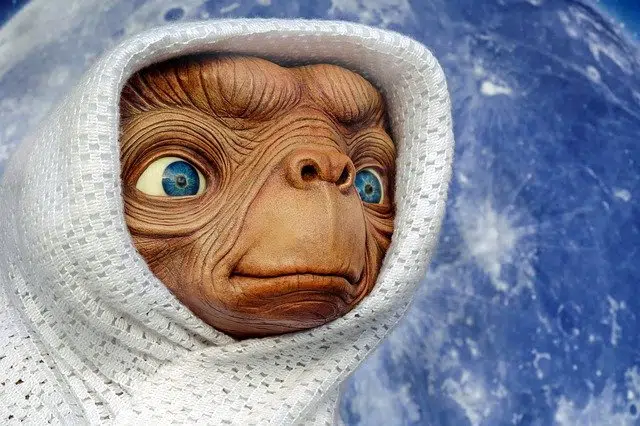
Mickey and Minnie are examples of anthropomorphic characters.
From the Greek language ( anthrōpómorphos ) to Latin ( anthropomorphos ) and then to our language: that was the etymological journey of the term anthropomorphic . This Greek word is the result of the sum of two clearly differentiated elements such as the following:
-The noun "anthropos", which can be translated as "human being".
-The word «morphe», which is synonymous with «figure».
Notion of anthropomorphic
The concept of anthropomorphic allows us to describe that which has a human appearance or shape .
The idea of anthropomorphism , for its part, refers to the granting of human characteristics to an object , a plant or an animal . It is a common resource in the field of cinema, television and literature.
The case of Mickey Mouse and other characters
Mickey Mouse , for example, is an anthropomorphic character. Despite belonging to the mouse species, he walks upright, speaks, and wears clothes and shoes. Due to its shape, its behavior and its qualities, it therefore resembles a human being .
We can precisely emphasize that there is an important interaction between the concept of anthropomorphism and cinema. So much so that there is a genre or subculture called furry fandom and that revolves around what are anthropomorphic fictional characters.
In the same way, it should not be overlooked that there is a long list of anthropomorphic characters that are already part of our cultural heritage. Among them we can highlight some such as the following:
* Donald Duck as well as his girlfriend, Daisy, the so-called Uncle Gilito and the nephews;
* Minnie the mouse, Mickey's girlfriend;
* the characters from the movie Ice Age (2002).
The idea of anthropomorphism in children's cinema
In the same way, we cannot overlook that within children's cinema is where more anthropomorphic characters can be found. A good example of this is that most animated films revolve around figures of this type or, at least, have some who are.
In this way, we have films like "Cars", where the protagonists are cars that talk and carry out activities typical of human beings, and others like "Madagascar", where the animals in a zoo are the ones that dance, talk and travel as they can. the man.

It is common for extraterrestrials to be represented as anthropomorphic beings.
Extraterrestrials and mythological beings
Anthropomorphism also usually appears when talking about extraterrestrials . Frequently, these beings are imagined as anthropomorphic, with one head, two arms, two legs and other characteristics typical of man . Mork , the alien character played by Robin Williams in the television series "Mork & Mindy" , is an example of an anthropomorphic creature.
In this case, however, it is a total anthropomorphism, since the Mork actor was shown on stage without any makeup or accessories that would alter his human appearance, but just like the rest of the actors. Although he is an anthropomorphic character because he was born on another planet and is therefore not human, his appearance is exactly the same and he speaks one of our languages. The examples cited above are less extreme.
Greek mythology is another source of anthropomorphic characters. In this vast universe of fascinating gods and creatures, we encounter human likeness very often. The gods of Olympus are the clearest example, since they were not human beings but they saw themselves as such.
Anthropomorph in zoology
According to the dictionary of the Royal Spanish Academy ( RAE ), the adjective anthropomorphic is also used in zoology to describe the primates that are part of the group of catarrhines (they have their nostrils separated from each other by a partition and with an opening facing downwards) and that lack a tail.
Chimpanzees , bonobos , gorillas , and orangutans are anthropomorphic apes. Due to their body, these animals are very similar to the members of the Homo sapiens species. In fact, they all belong to the hominoid superfamily.
